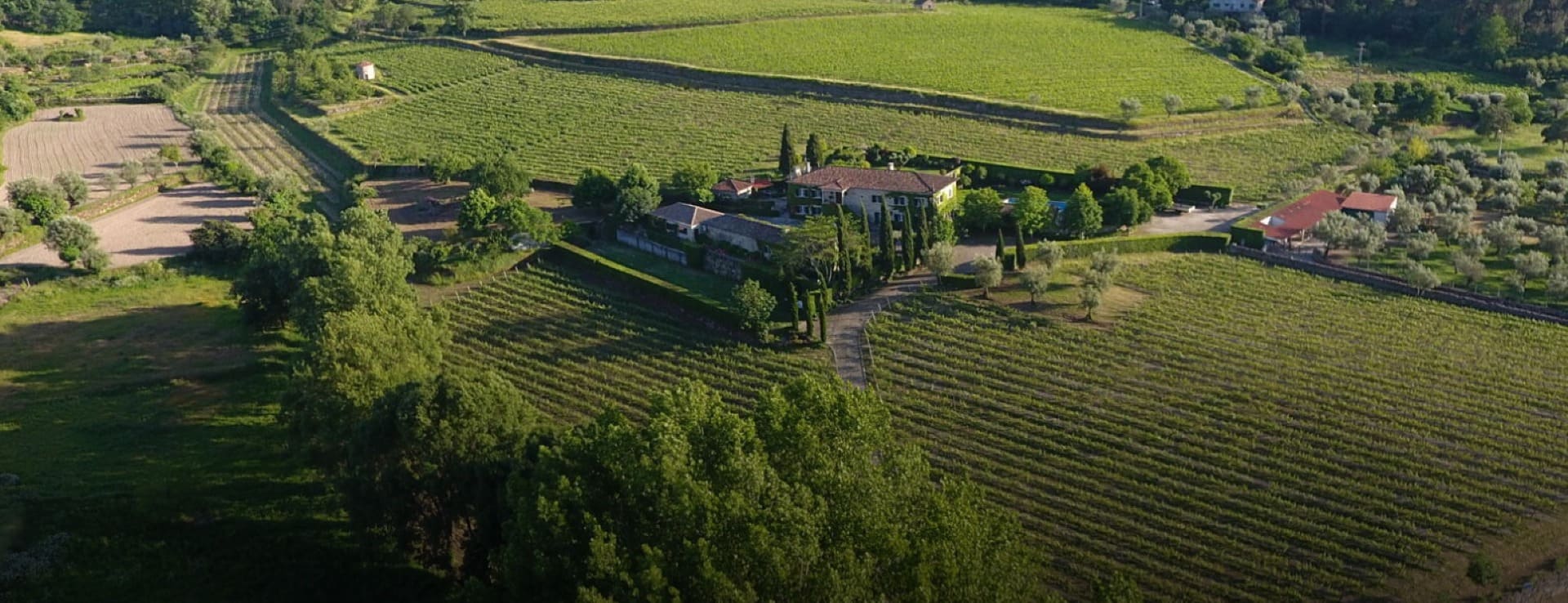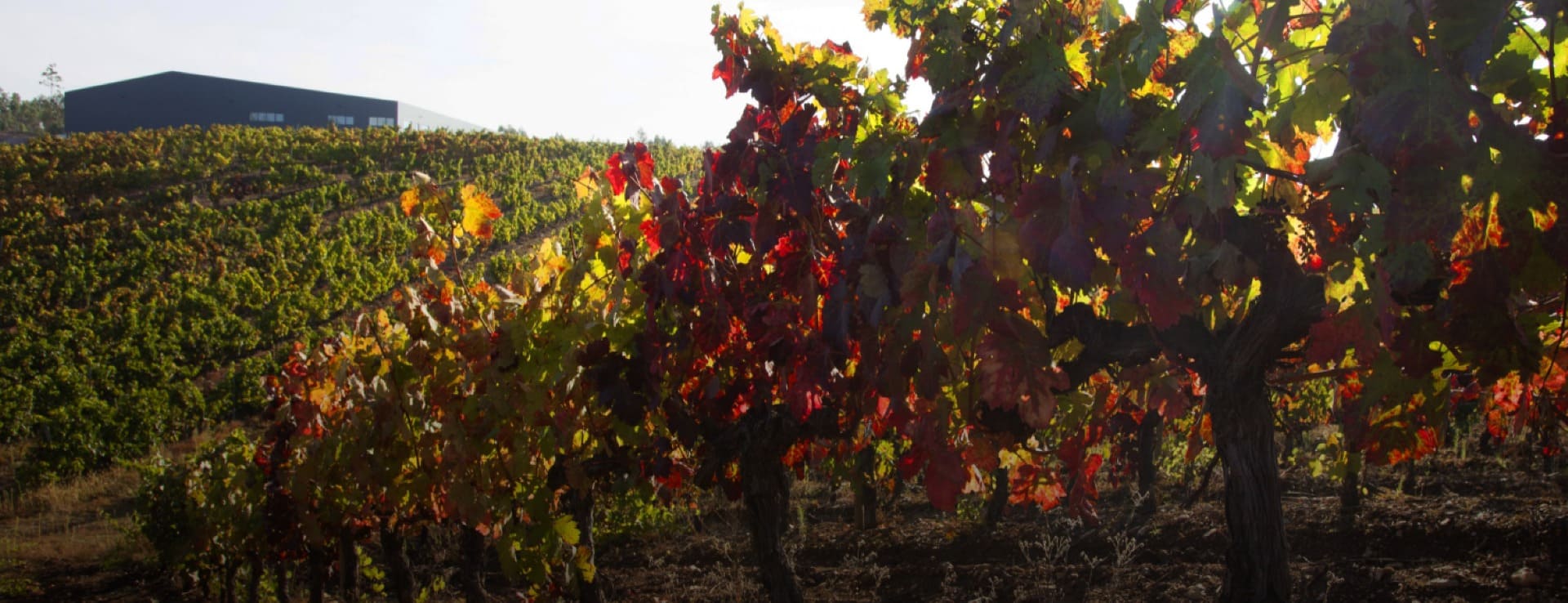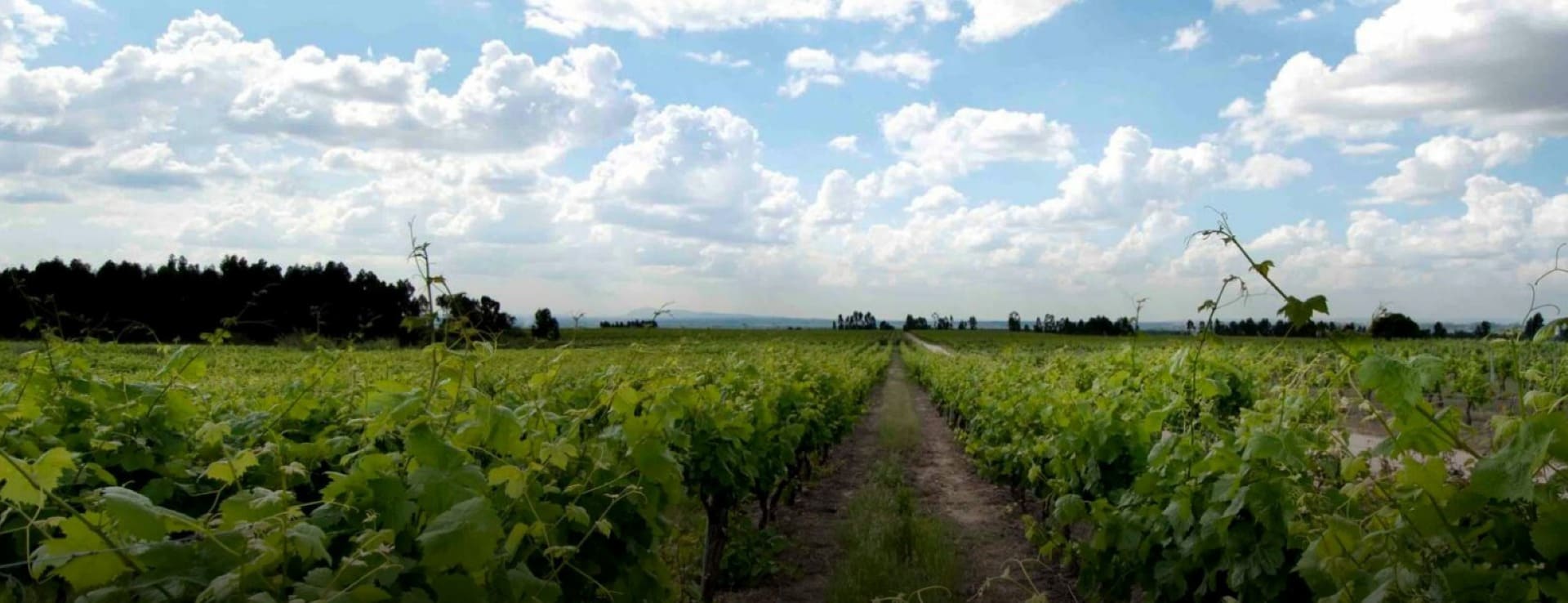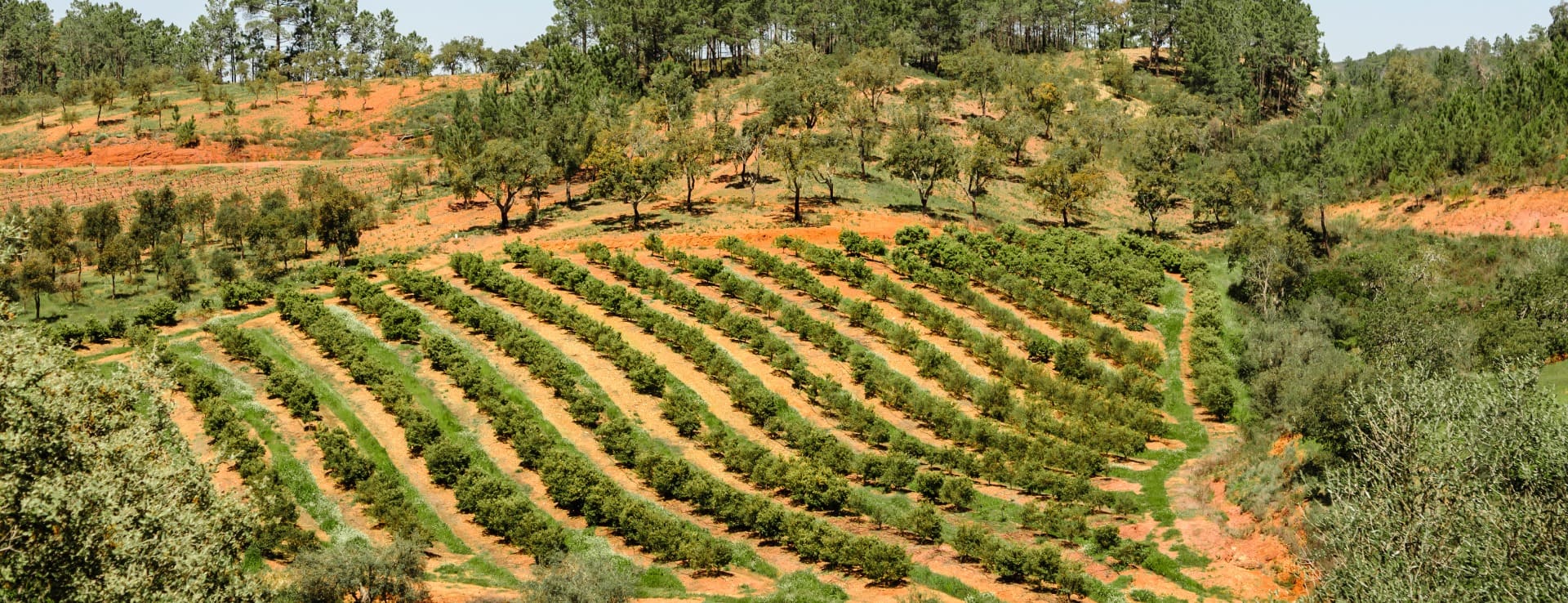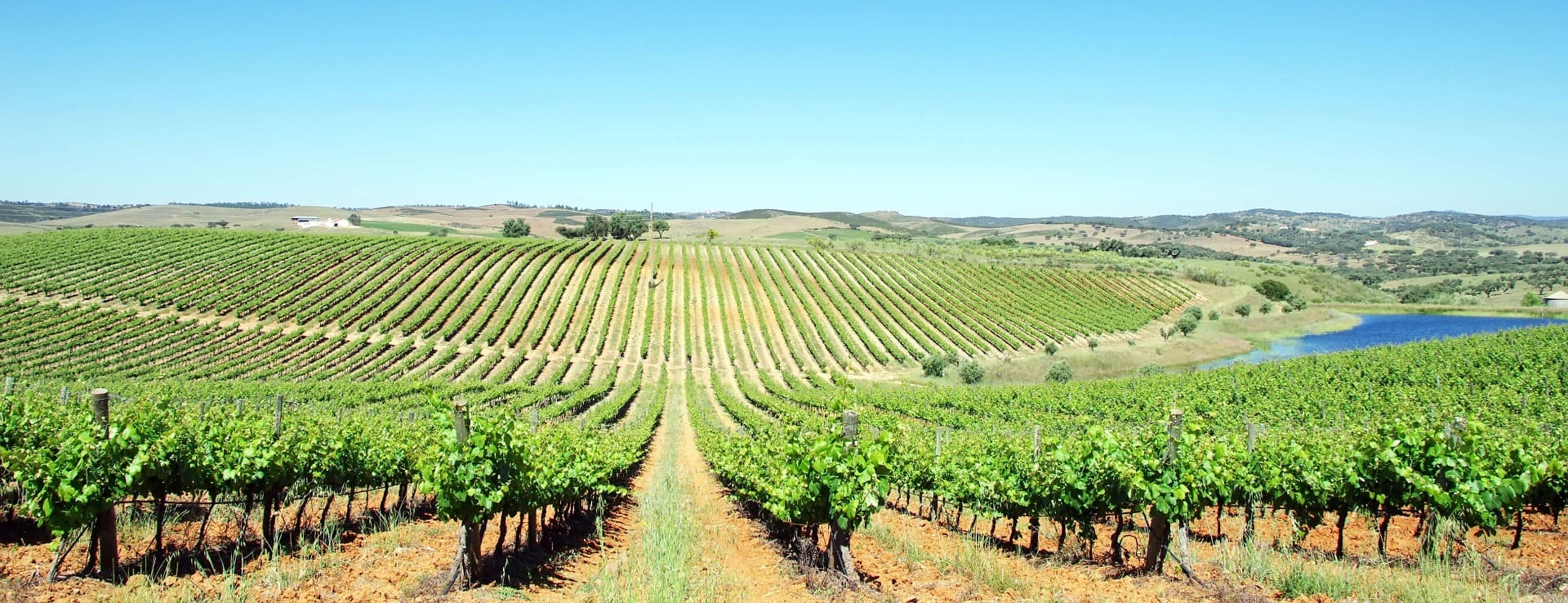Find your winery or vineyard
Infographic of the Denomination of Origin
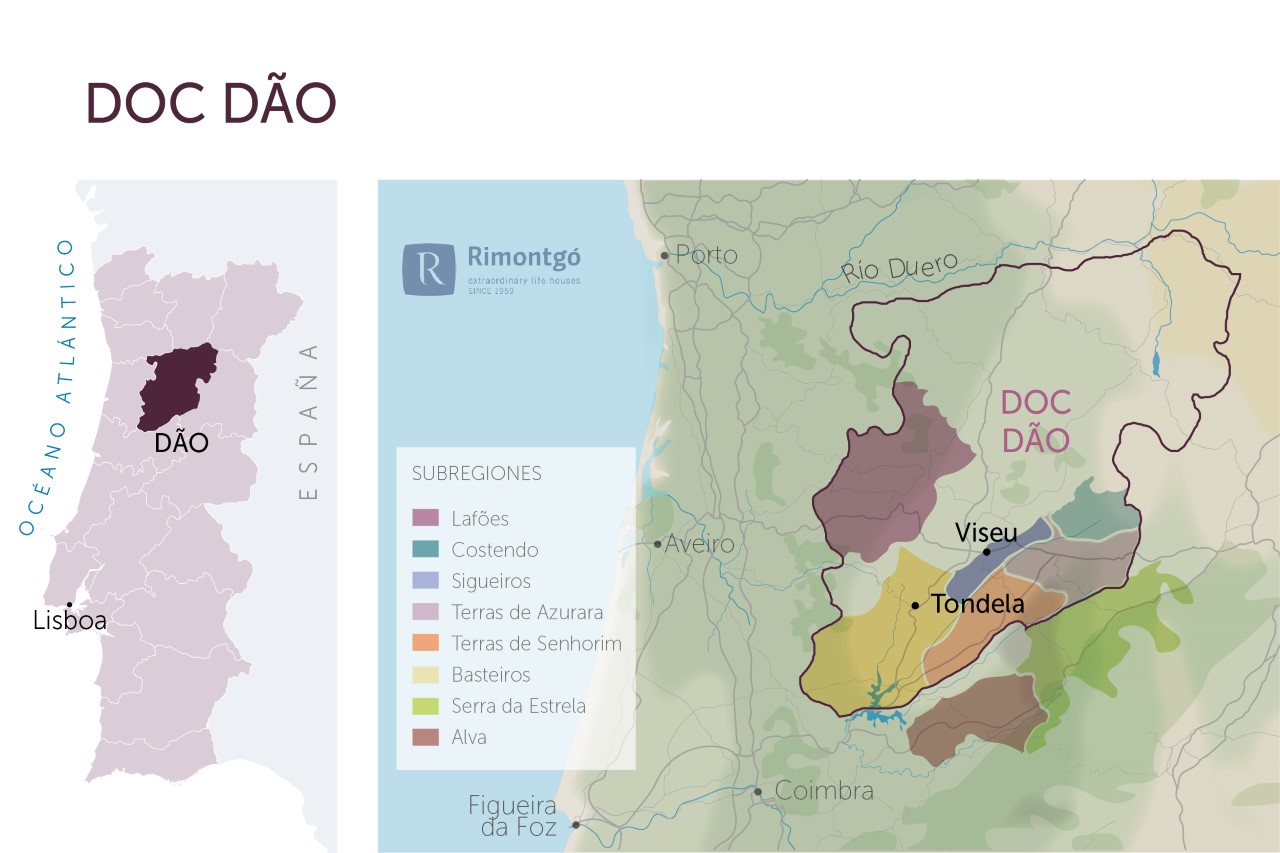
Change to imperial units (ft2, ac, °F)Change to international units (m2, h, °C)
D.O. year of foundation:
1908
Number of wineries (2017):
116
Total surface area:
20.000 ha49.420 ac
Maximum production allowed:
26.000 kg/ha23.196 lb/ac
Altitude of the vineyards:
Min: 200m
Max: 600m
Min: 656ft
Max: 1.969ft
Temperature:
Min: 10º
Max: 28º
Min: 50°F
Max: 82°F
Yearly hours of sun:
2.500
Yearly rainfall:
650 l/m260 l/ft2
DOC DAO
LOCATION AND HISTORY
Vineyards have been cultivated in the region since ancient times when Viseu was the heart of Roman Lusitania and it is from 1390 and 1545 that the wines of this region have been the object of protection measures respectively during the reigns of João I and João III.
Before the phylloxera, this region was known for the quality of its Touriga Nacional, but the vineyard did not fully recover afterwards. On May 10th of 1907, the existence of the Dao regional wine type was officially recognised, on September 18th, 1908 the demarcation of the region was established and on July 11th, 1912 the current area constituting the region was delimited by law.
The demarcated region of Dao encompasses councils in the districts of Viseu, Guarda and Coimbra and the vineyard covers an area of about 14,500 hectares. Dao covers almost the southern half of the province of Beira Alta.
The region is made up of the municipalities of Mortagua, Santa Comaba Dao, Fornos de Algodres, Aguiar da Beira, Penalva do Castelo, Viseu, Tondela, Carregal do Sal, Nelas, Mangualde, Seia, Oliveira do Hospital, Tábua, Gouveia and Arganil.
A network of 10 cooperatives established by Salazar had the monopoly over the region's wine production as private individuals could not buy grapes. Only one winery managed to survive Casa de Santar and two other commercial brands, Porta dos Cavalheiros de las Caves Sao Joao de Bairrada and UDACA (union of cooperative wineries). In the 1990s, after EU entry, this monopoly disappeared. Today there are about 120 producers, small and large, such as Sogrape, which is the largest wine producer in Portugal.
SOILS AND CLIMATE
The particular characteristics of the region are mainly due to:
- its pronounced orographic boundaries formed by the Estrela mountain range to the south-east, the Caramulo and Buçaco mountain ranges to the west, the Lapa and Montemuro mountain ranges to the north and the Nave, Lousa and Açor mountain ranges to the south, which protect the DOC from the influence of both the sea winds and the Iberian plateau.
- Its hydrographic network is made up of the river Mondego and its tributaries Dao and Alva as well as their tributaries. In addition, the rainfall is high at around 1,000 and 1,200 m per year.
- This is due to the climate and the granitic origin of its soils.
Geologically, the region is made up of thick granites (70% of the region) and Precambrian schists (in the south and west), with a surface soil of sand and pebbles. The climate is temperate with dry summers that are not very hot and prolonged, annual rainfall varies between 100-120 days and with about 2,500 hours of sunshine per year.
There are officially 7 sub-regions in Dao: Alva, Besteiros, Castendo, Serra da Estrela, Sigueiros, Terras de Azurara and Terras de Senhorim. Serra da Estrela is an indication widely used in the labels due to the momentum that its wines experience due to the altitude (2.000 m in Torres) and colder climate. The wines from the south of Viseu along the Dao are very well known and form the heart of the region.
In the Dao region, it can be considered three types of wine with related characteristics, which are produced in:
- the north central zone, topographically influenced by the Dao river, situated between 200 and 600 m of altitude, but mainly in the 300 metres.
- the central southern area, which is a flat area or an area with little pronounced and uniform relief, above 400 m in altitude and influenced by the River Mondego.
- the peripheral zone, which is made up of the remaining area.
GRAPE VARIETIES
Red wines account for 80% of the DOC production and are made from the region's traditional grape varieties Jaen (Mencía), Touriga Nacional, Aragonez (Tinta Roriz/Tempranillo) and Alfrocheiro, other varieties are Tinta Pinheira (Rufete), Tinta Carvalha, Baga de Louro, Alvarelhao and Bastardo. Cabernet Sauvignon has existed in the region since ancient times at Casa da Insua. White wines obtained are from the grape varieties: Encruzado, Malvasia fina, Bical, Maria Gomes, Arinto, dona Branca, Barcelo, Fernao Pires and Cercial.
The increased use of Touriga Nacional has given fineness and aroma to the wines of the region, but without any doubt, in the area blends are the best wines. Encruzado has become the standard-bearer of the region and has gained national recognition.
WINERIES
Sogrape with its brands Grao Vasco and Duque de Viseu dominate the market and the new Dao Sul (Global Wines) are opening their place with the brand Cabriz. The Sociedade das Boas Quintas is also an important player in the volume of wines. Other wineries are Quinta da Boavista, Borges, Quinta dos Carvalhais (Sogrape), Dao Sul, Casa da Ínsua, Julia Kemper, Quinta de Lemos, Magnum Vinhos, M.O.B., Casa de Mouraz, Casa da Passarella, Quinta da Pellada, Quinta da Ponte Pedrinha, Quinta dos Roques, Caves Sao Joao, UDACA, Rótulo (Niepoort), Taboadella.
Discover more wineries and vineyards for sale in these wine regions in Portugal
Subscribe to our mailing list to receive news about wineries and vineyards.

